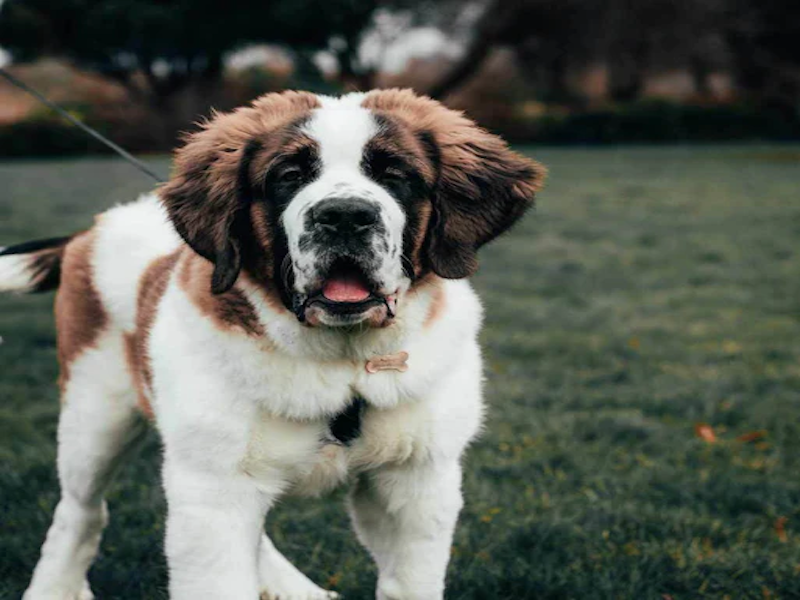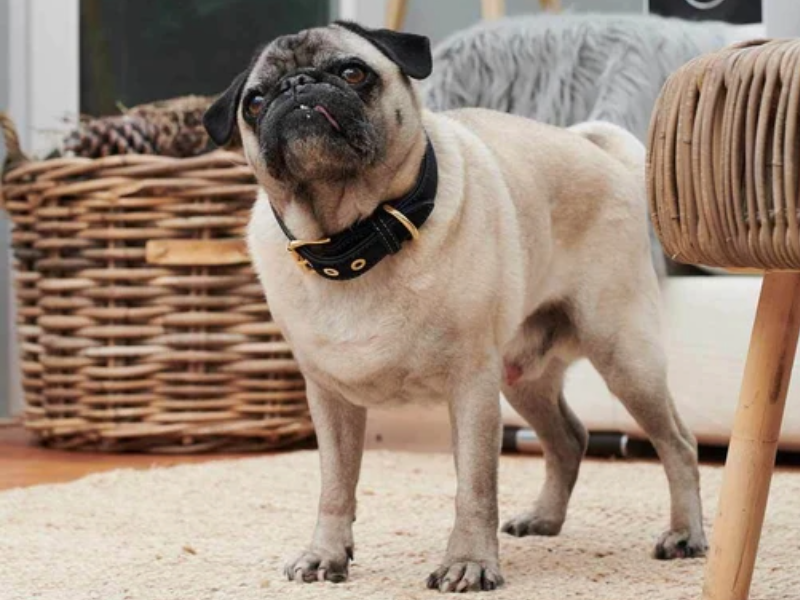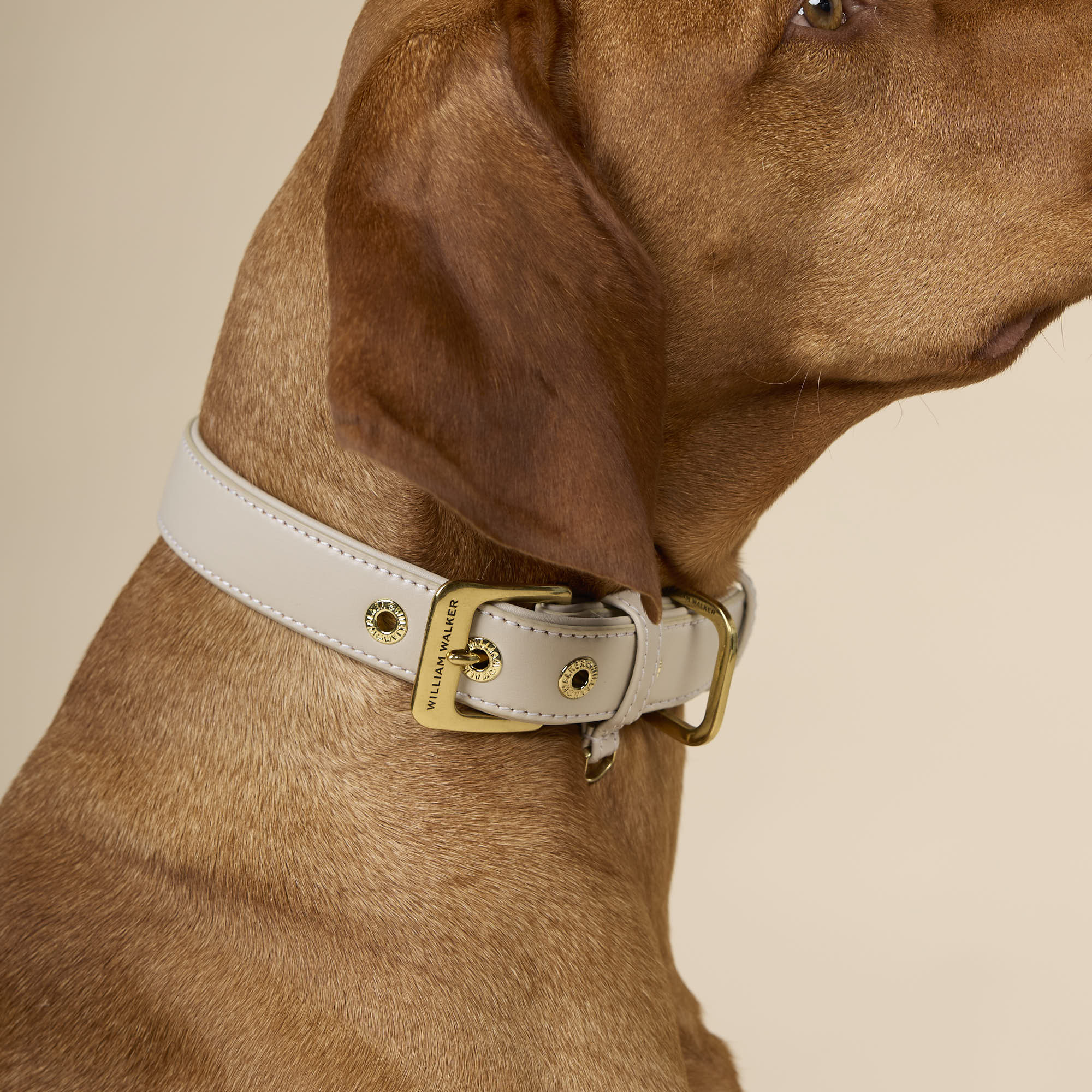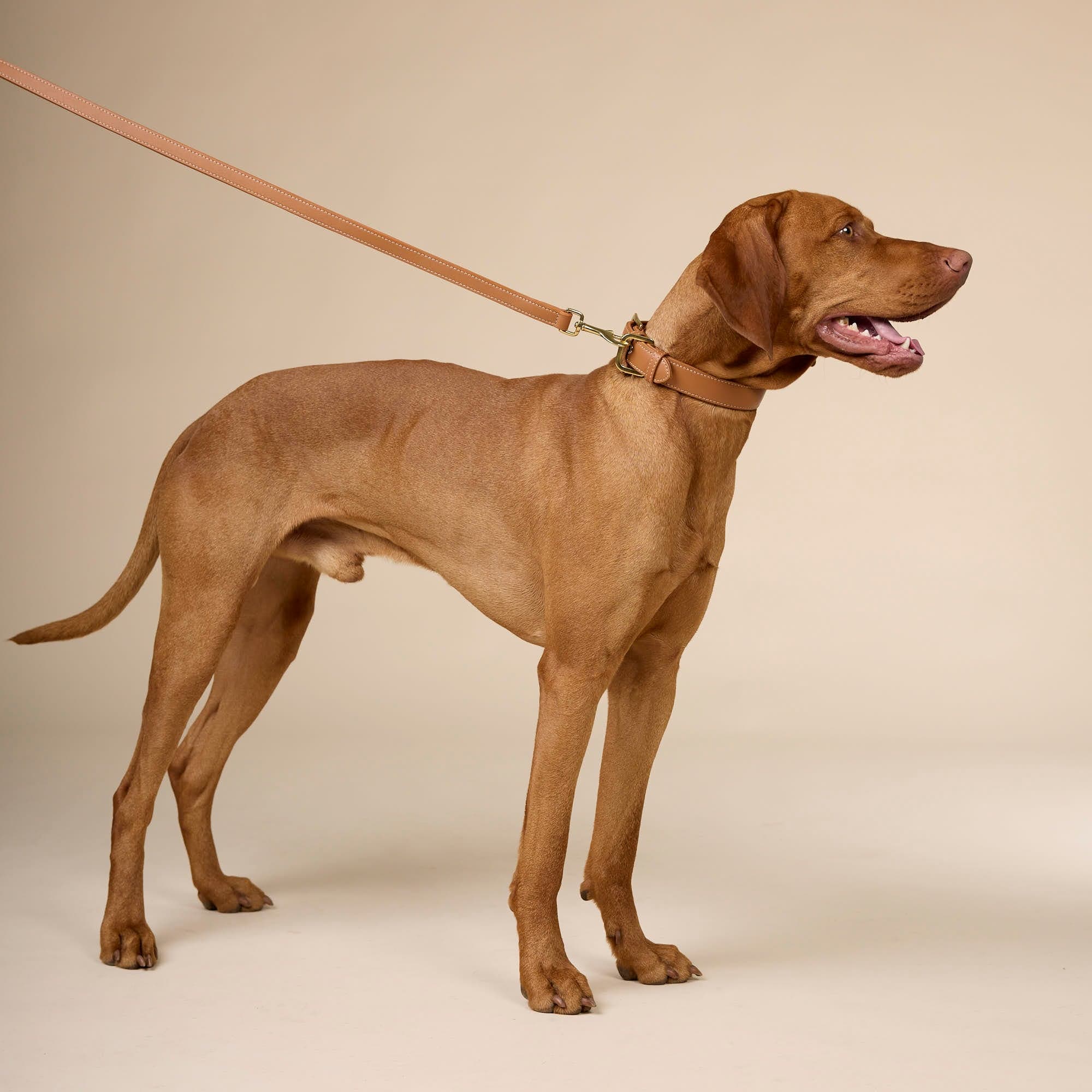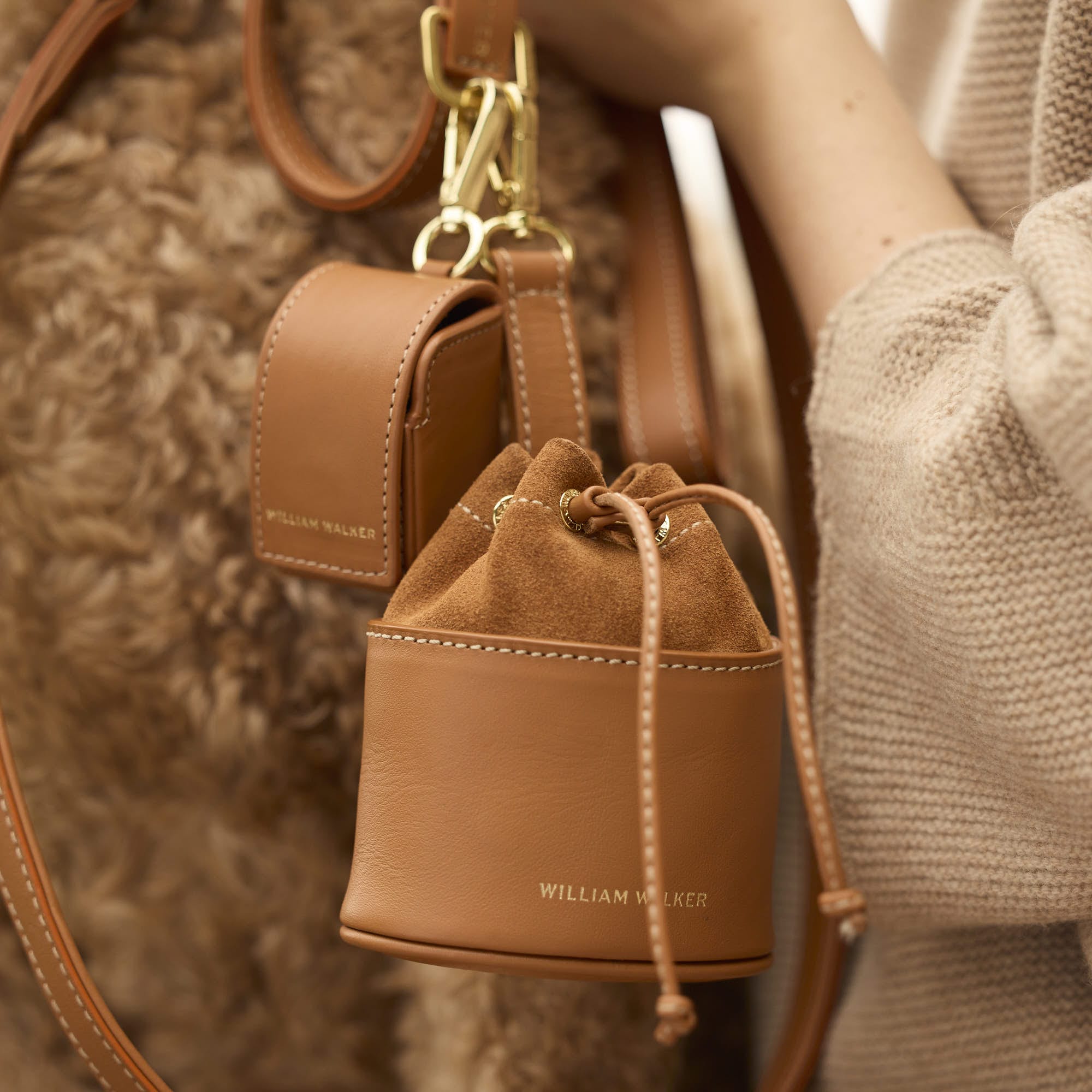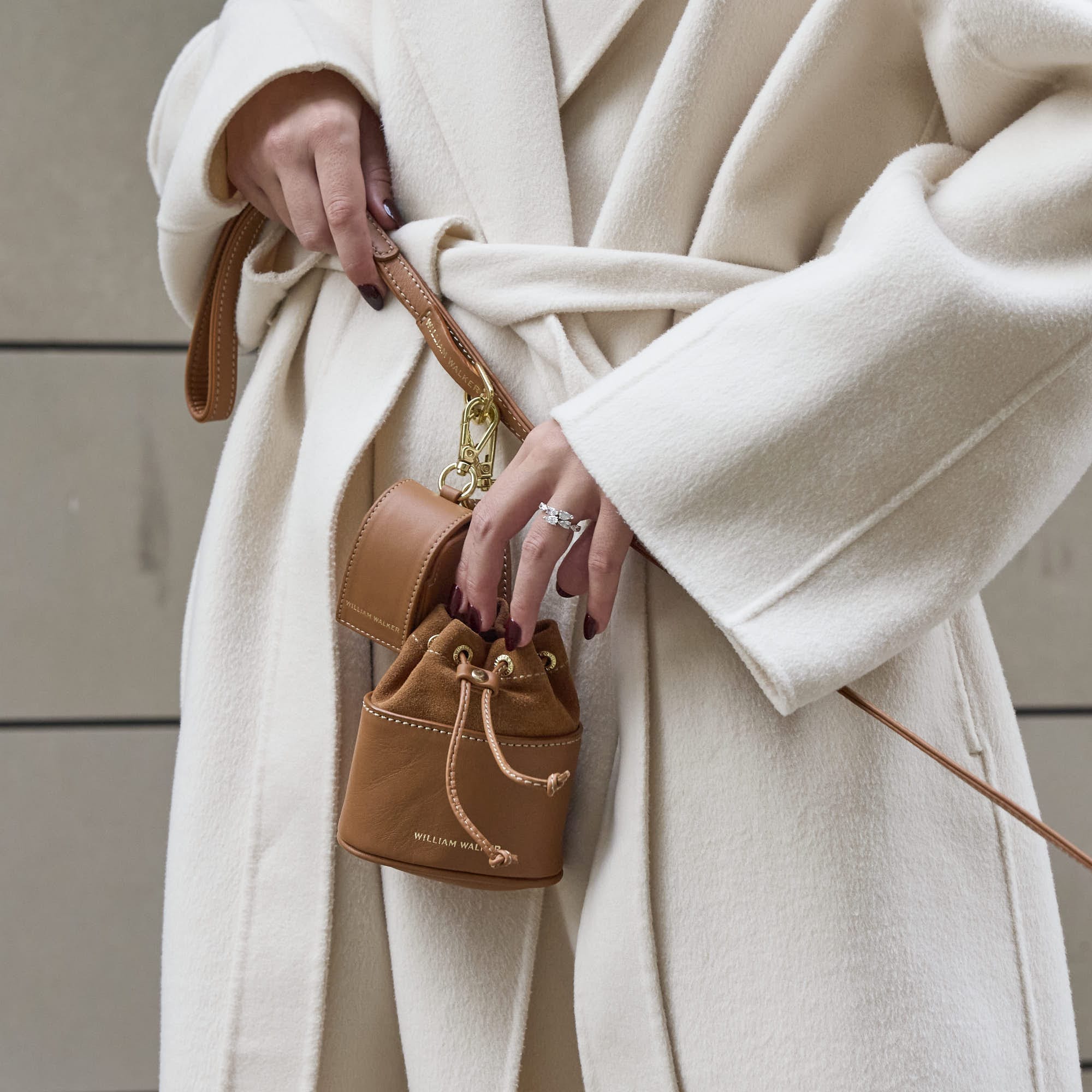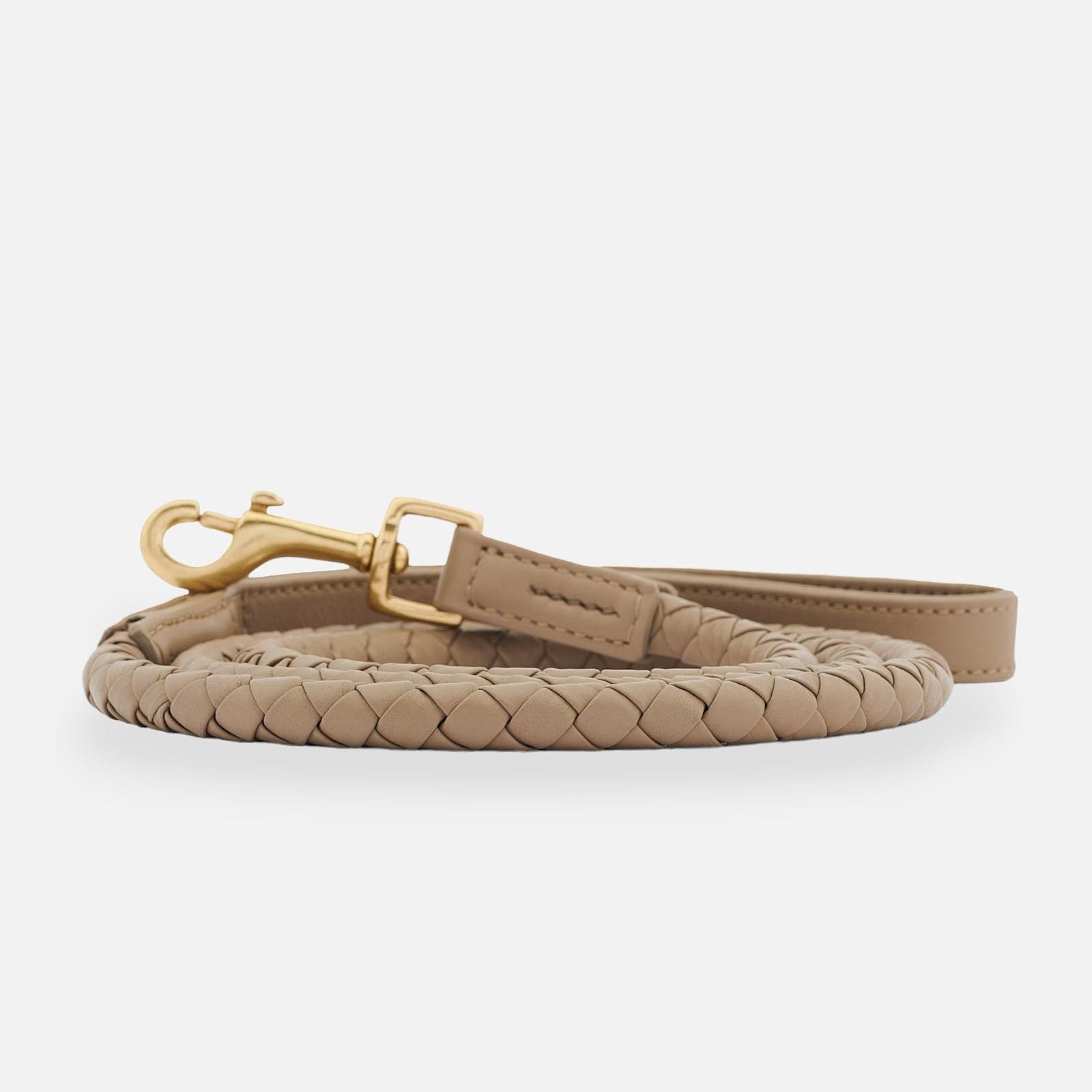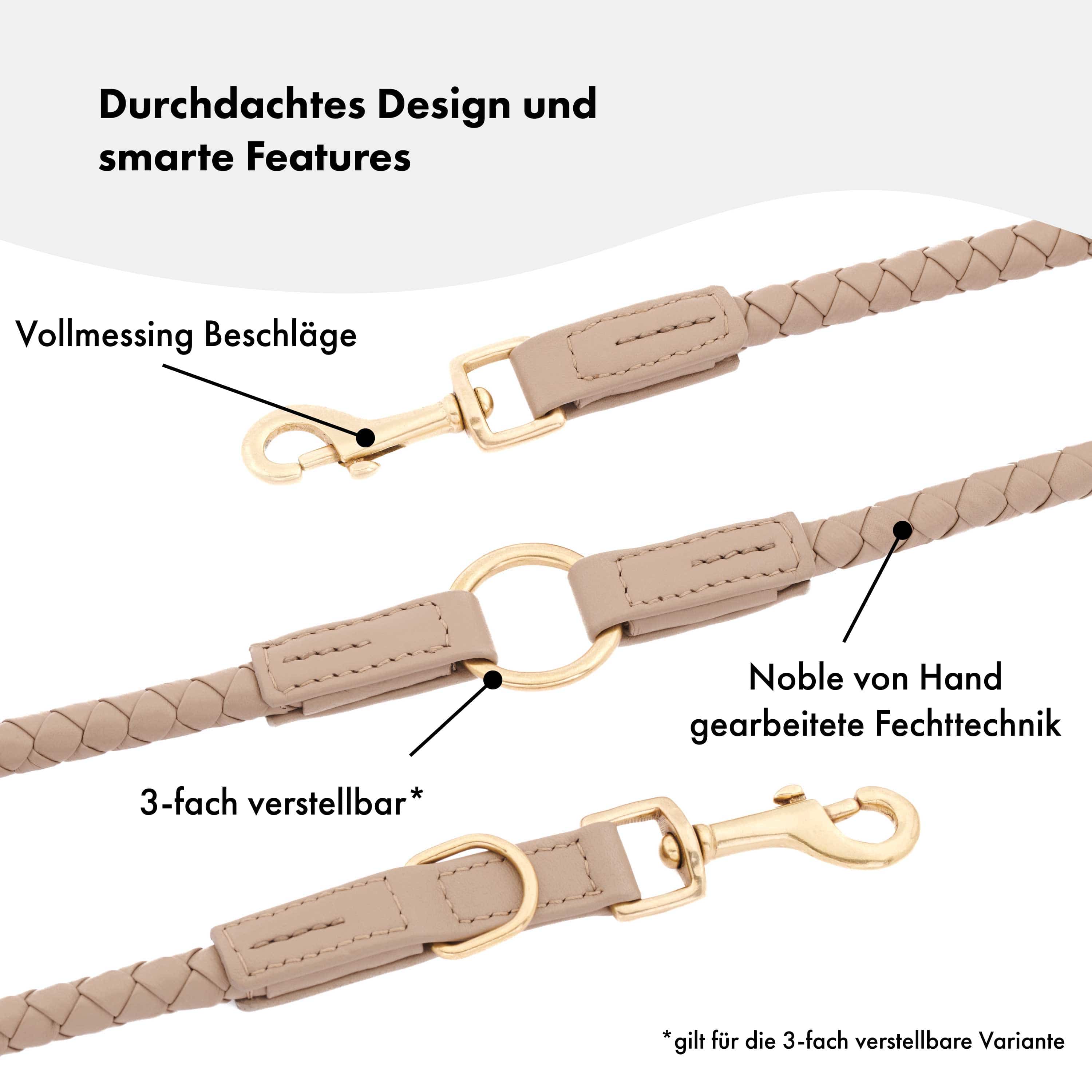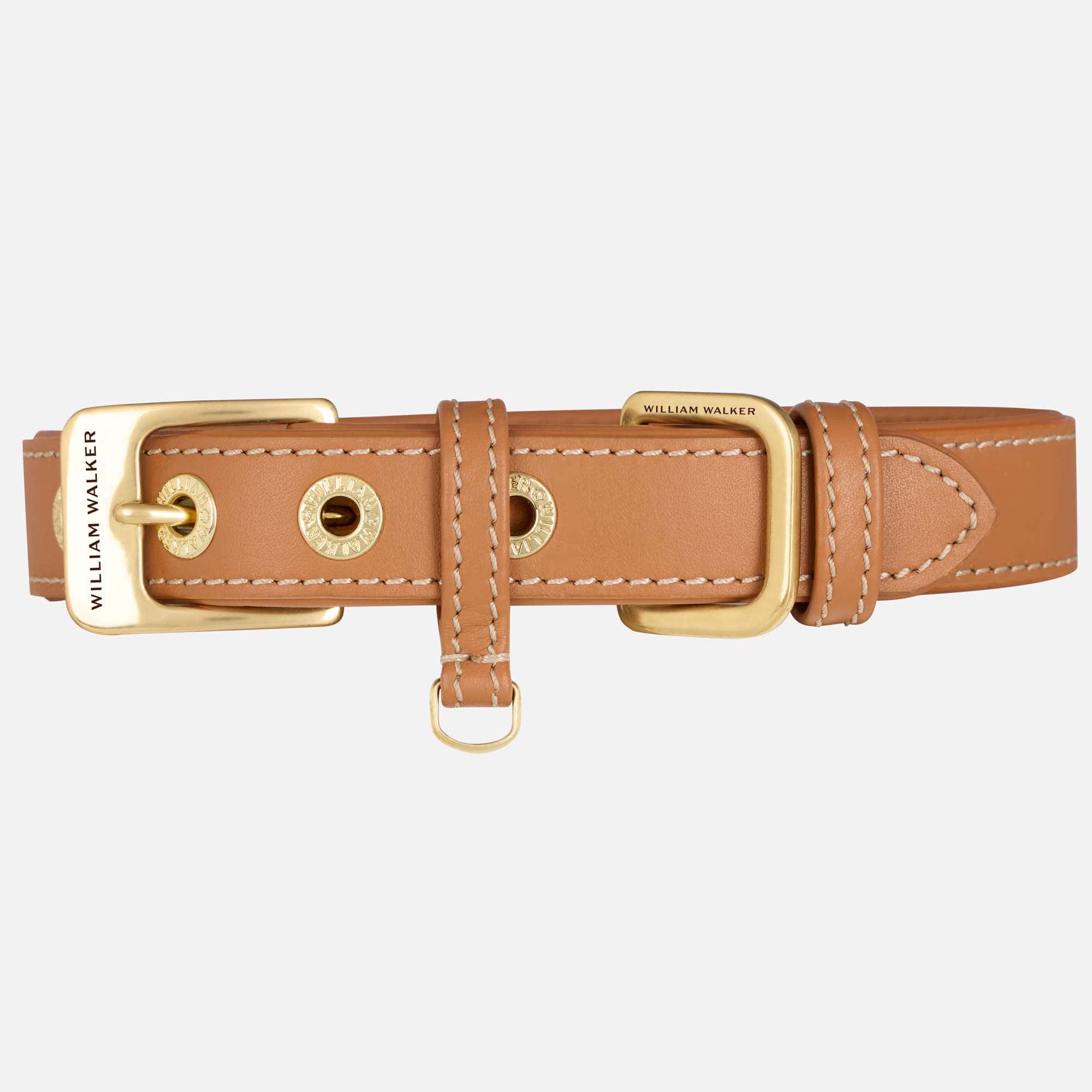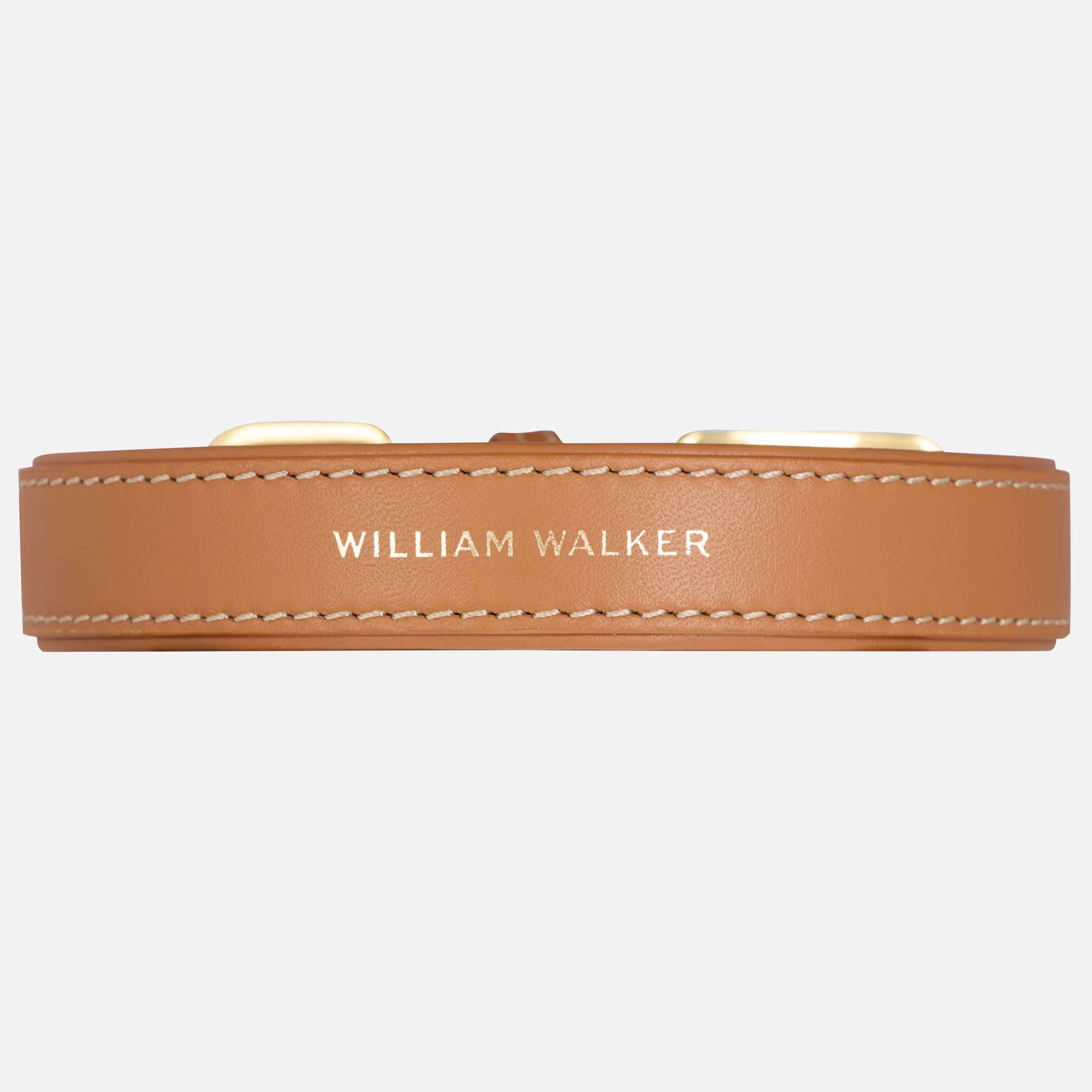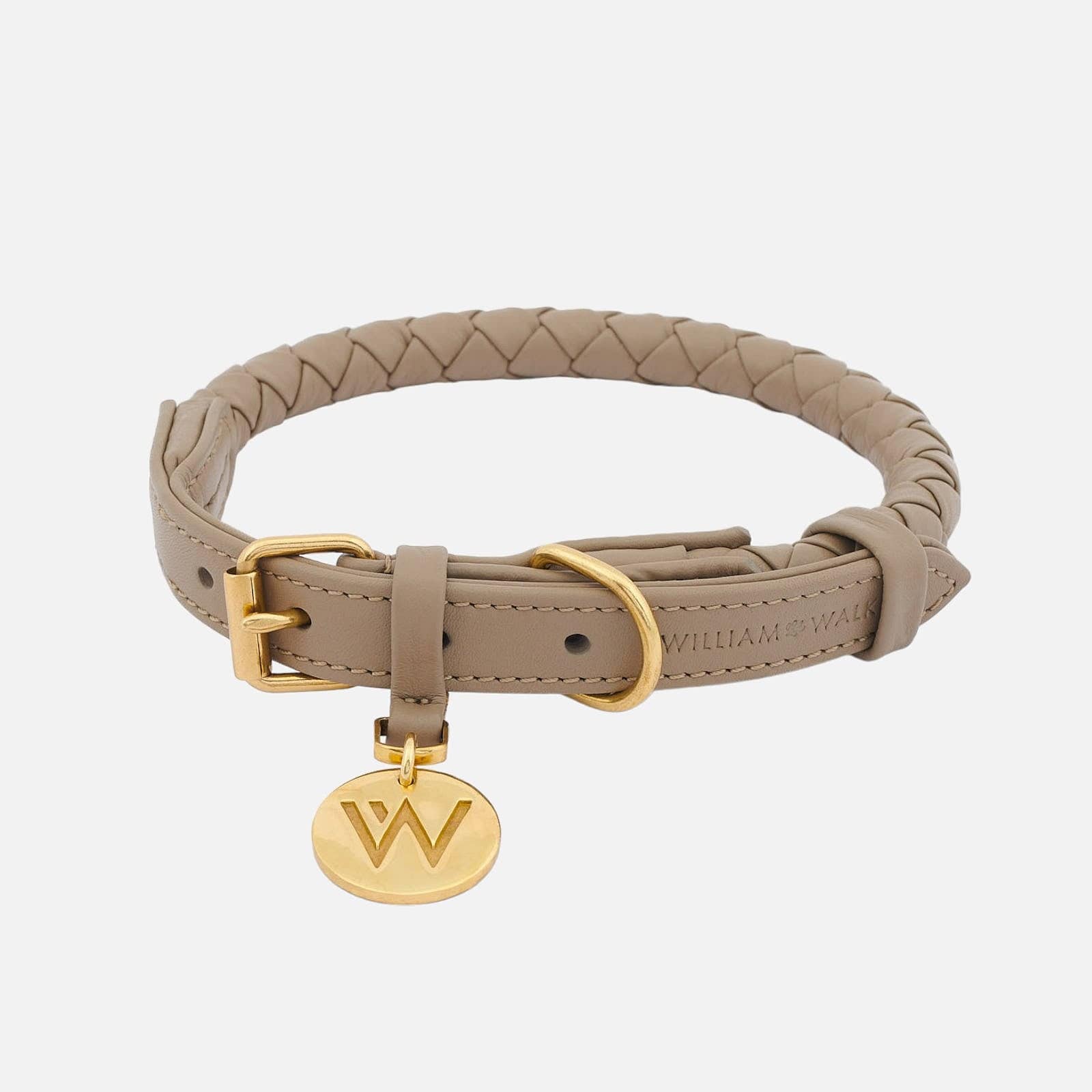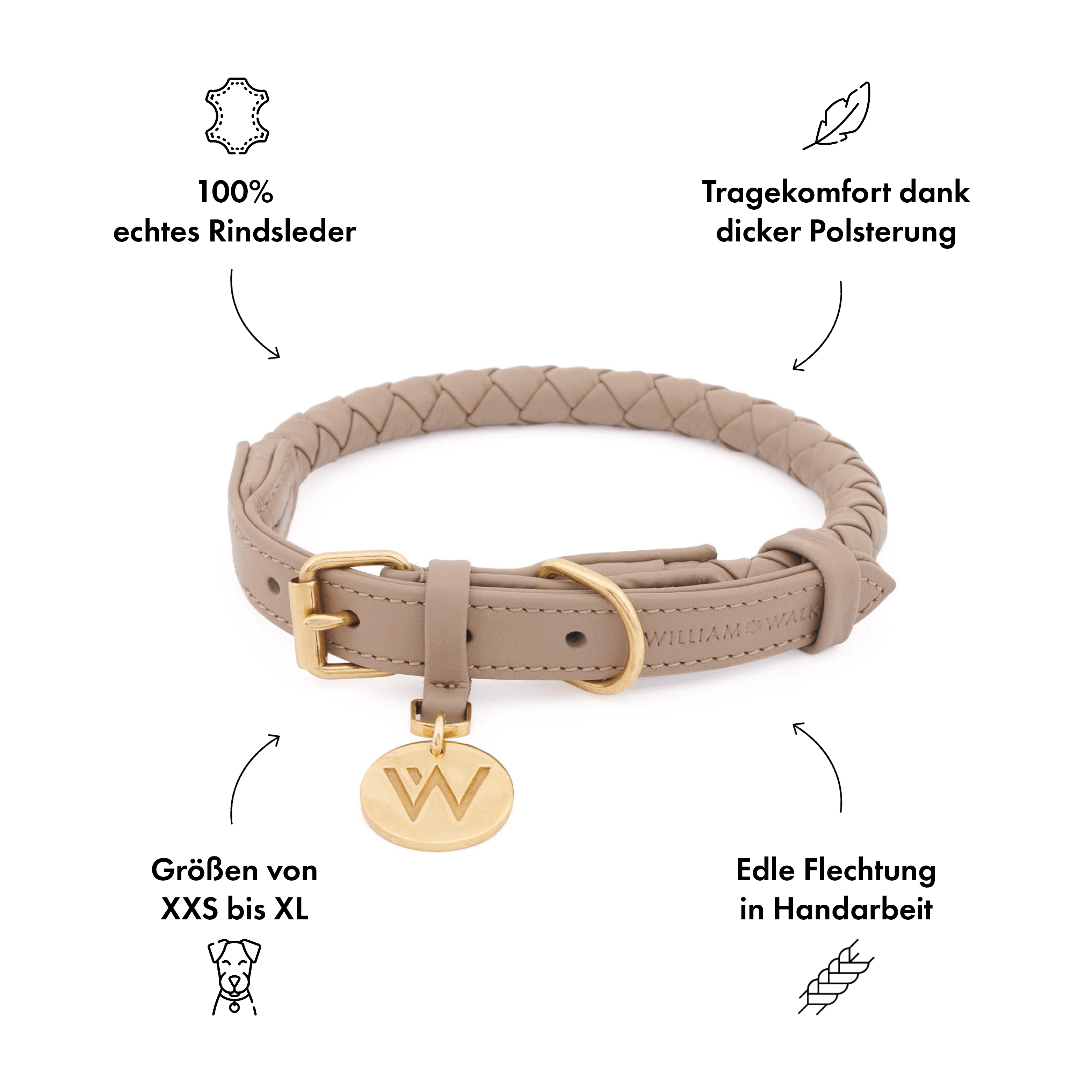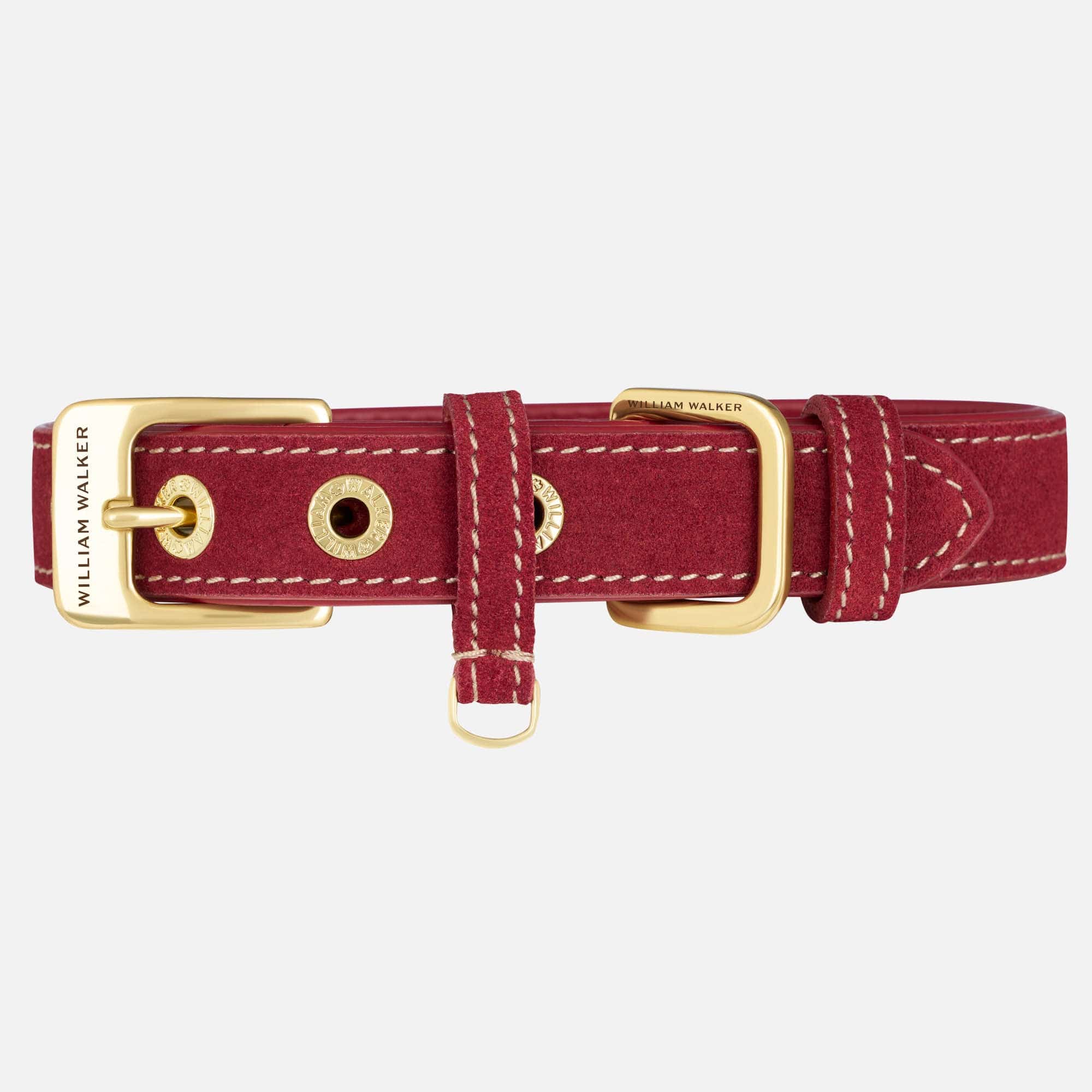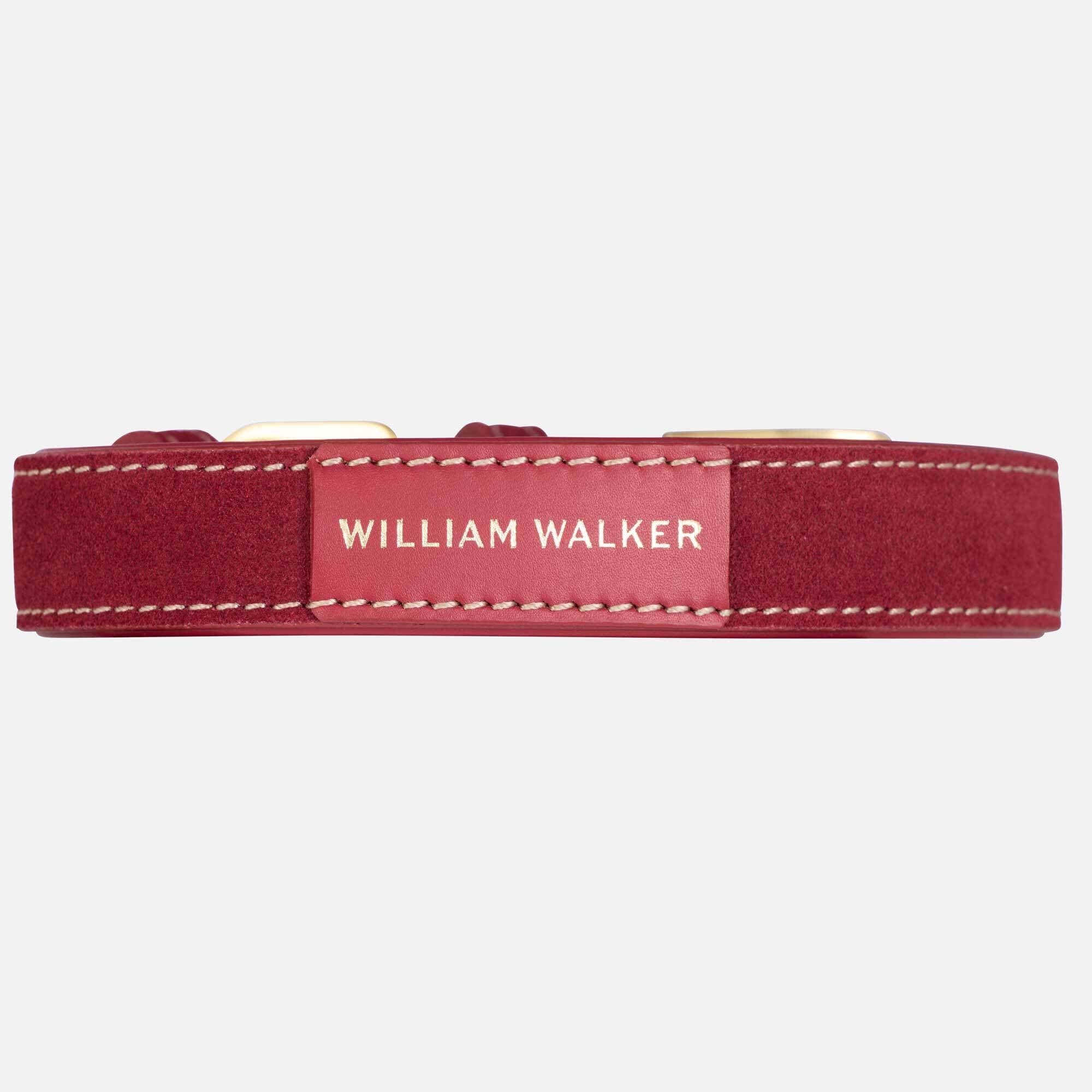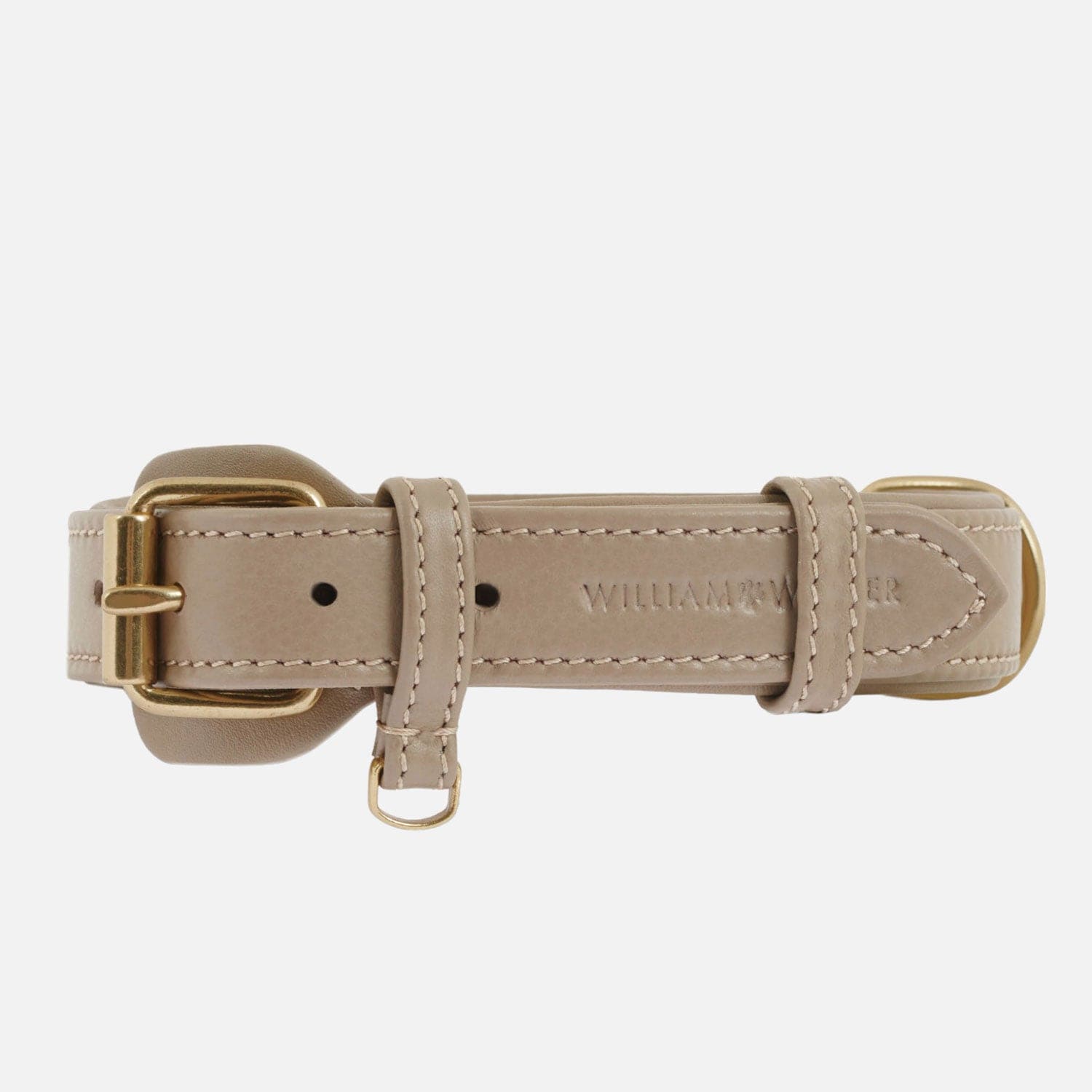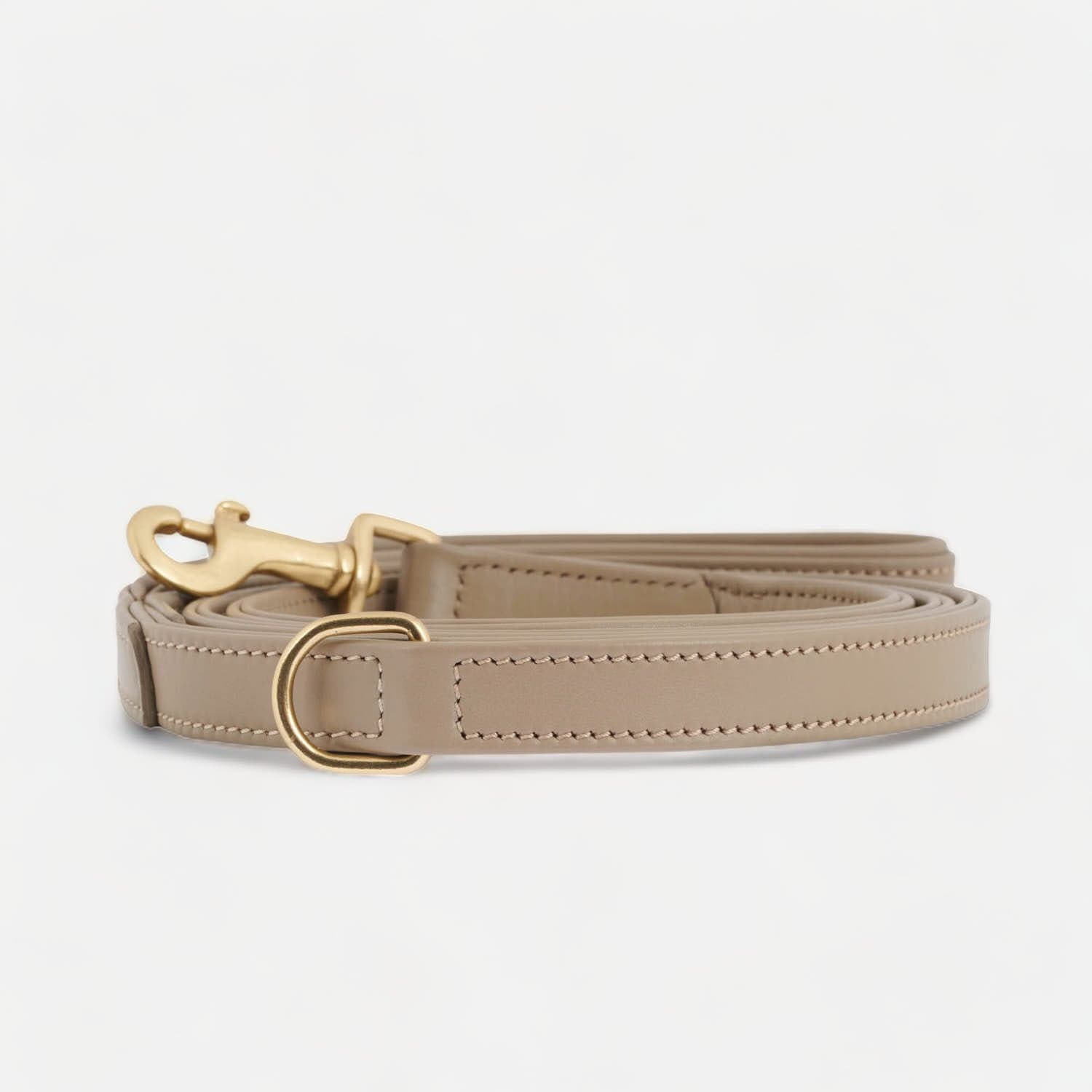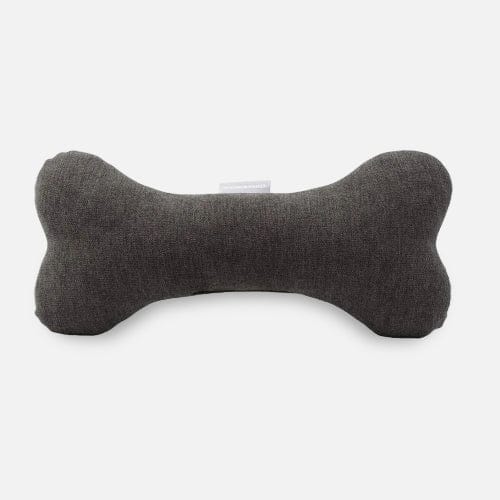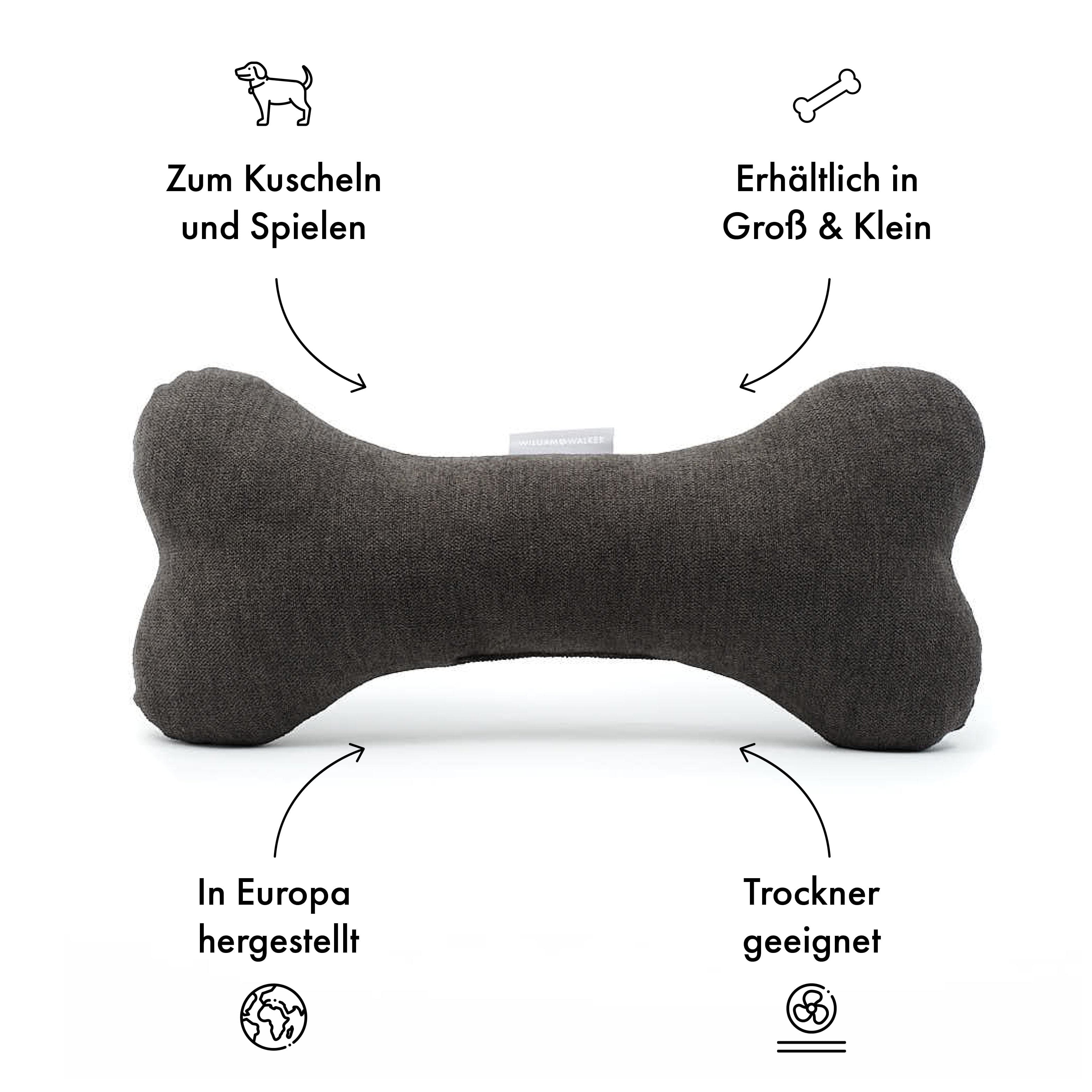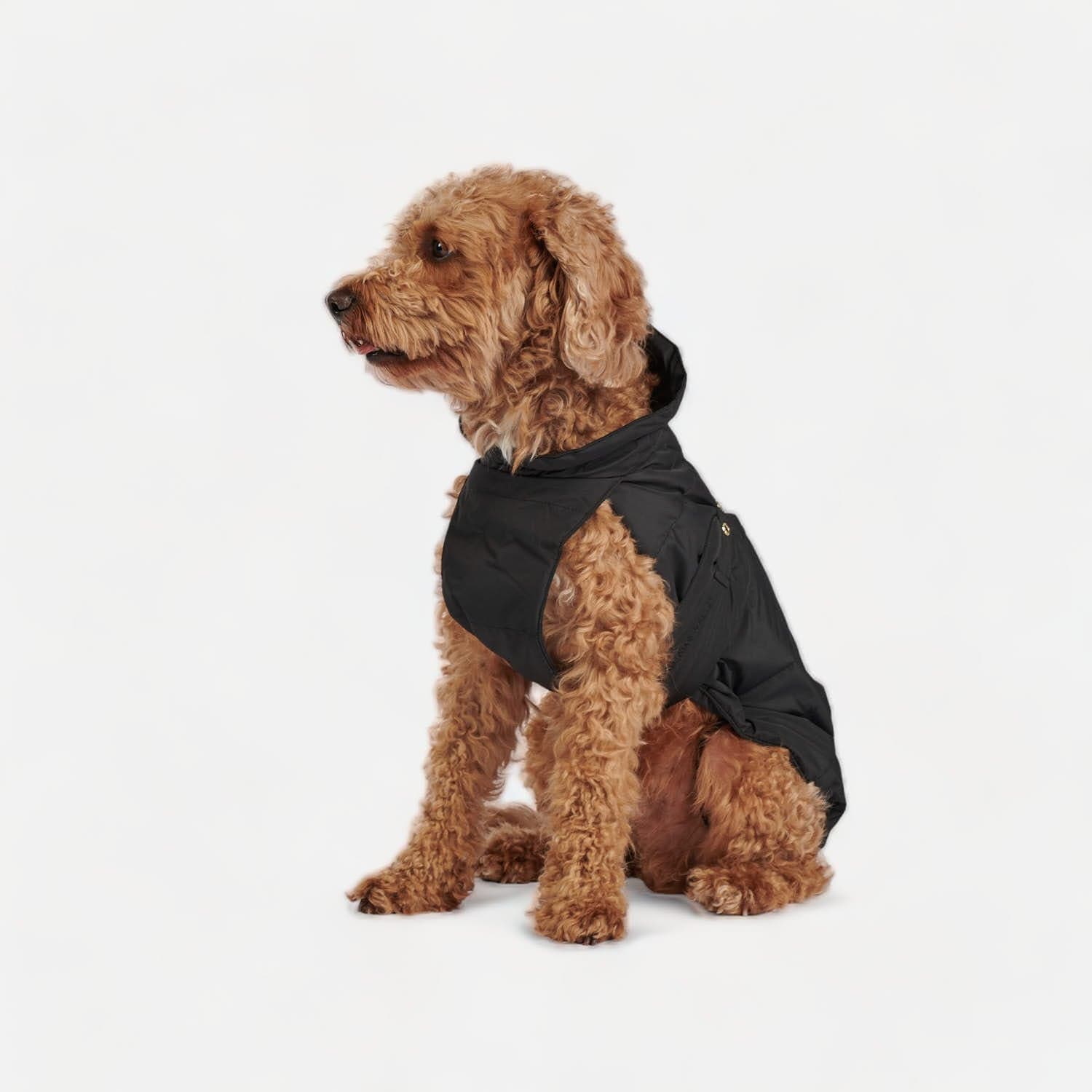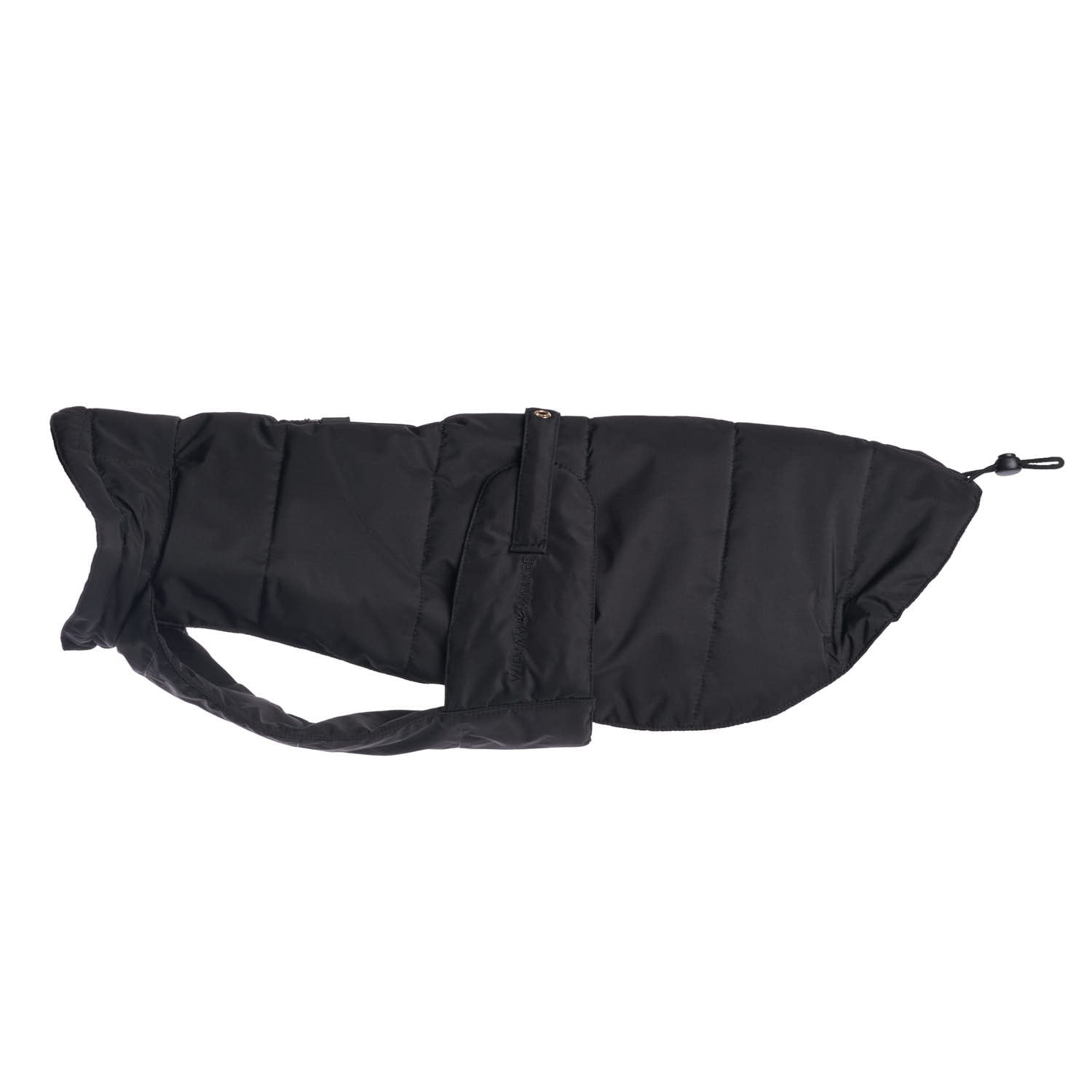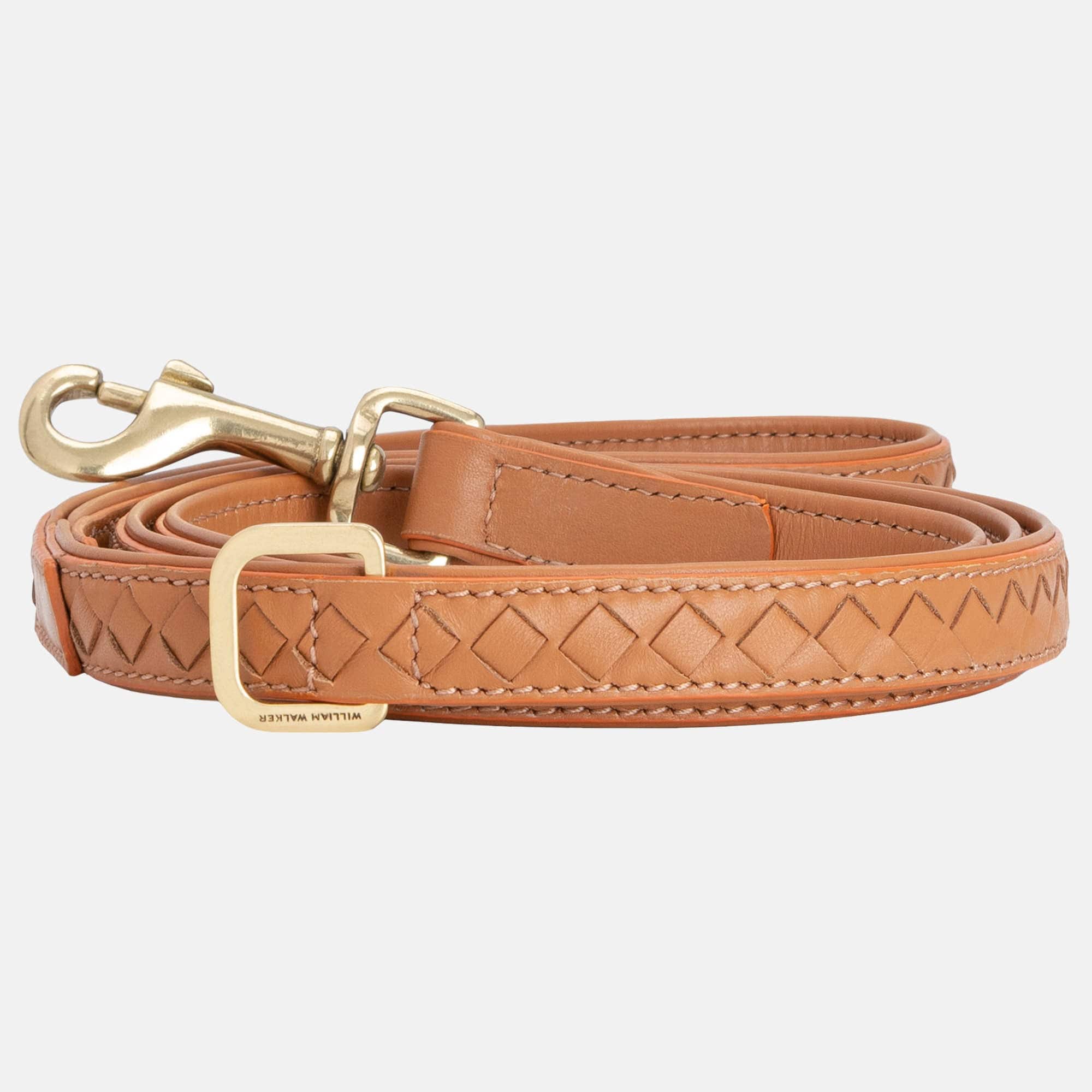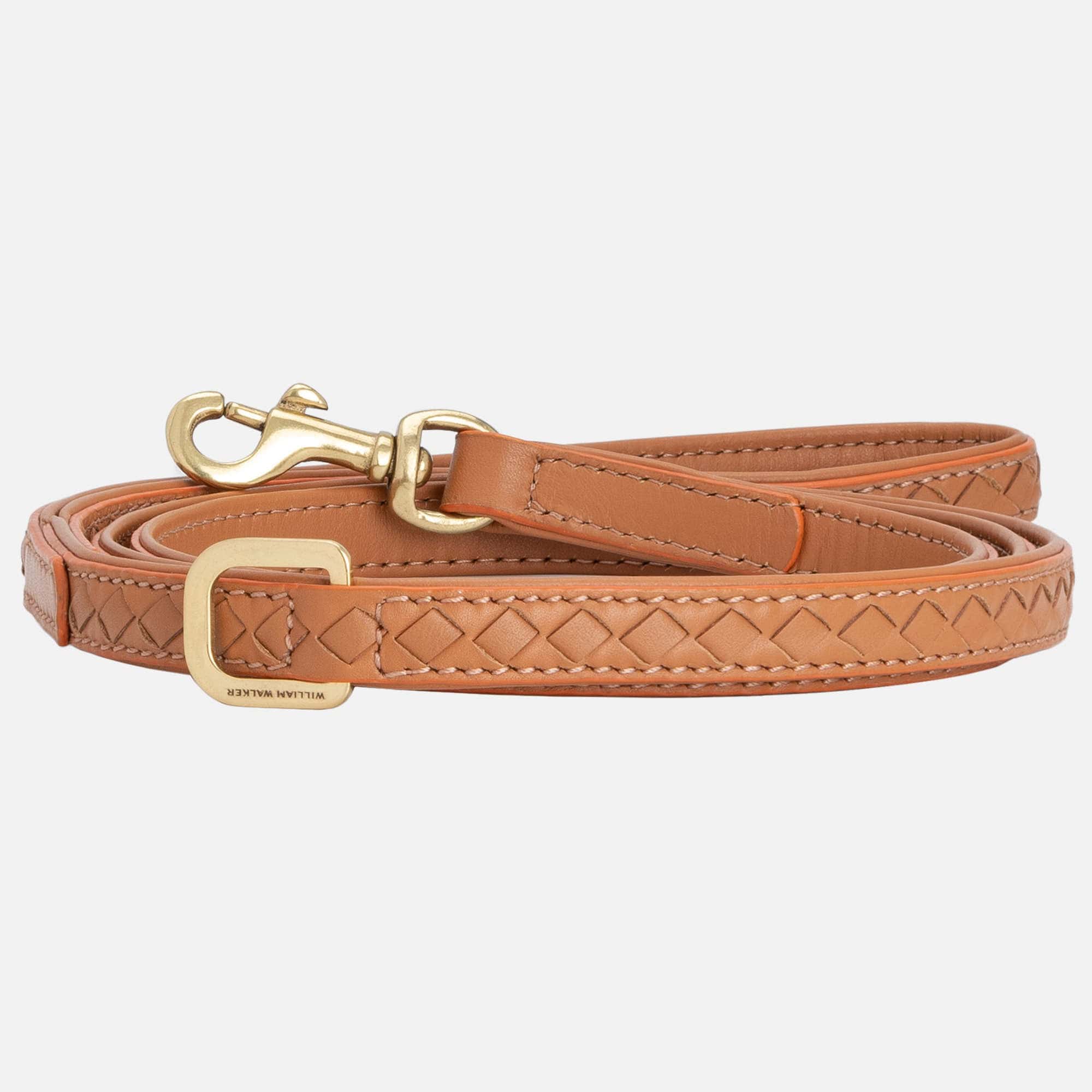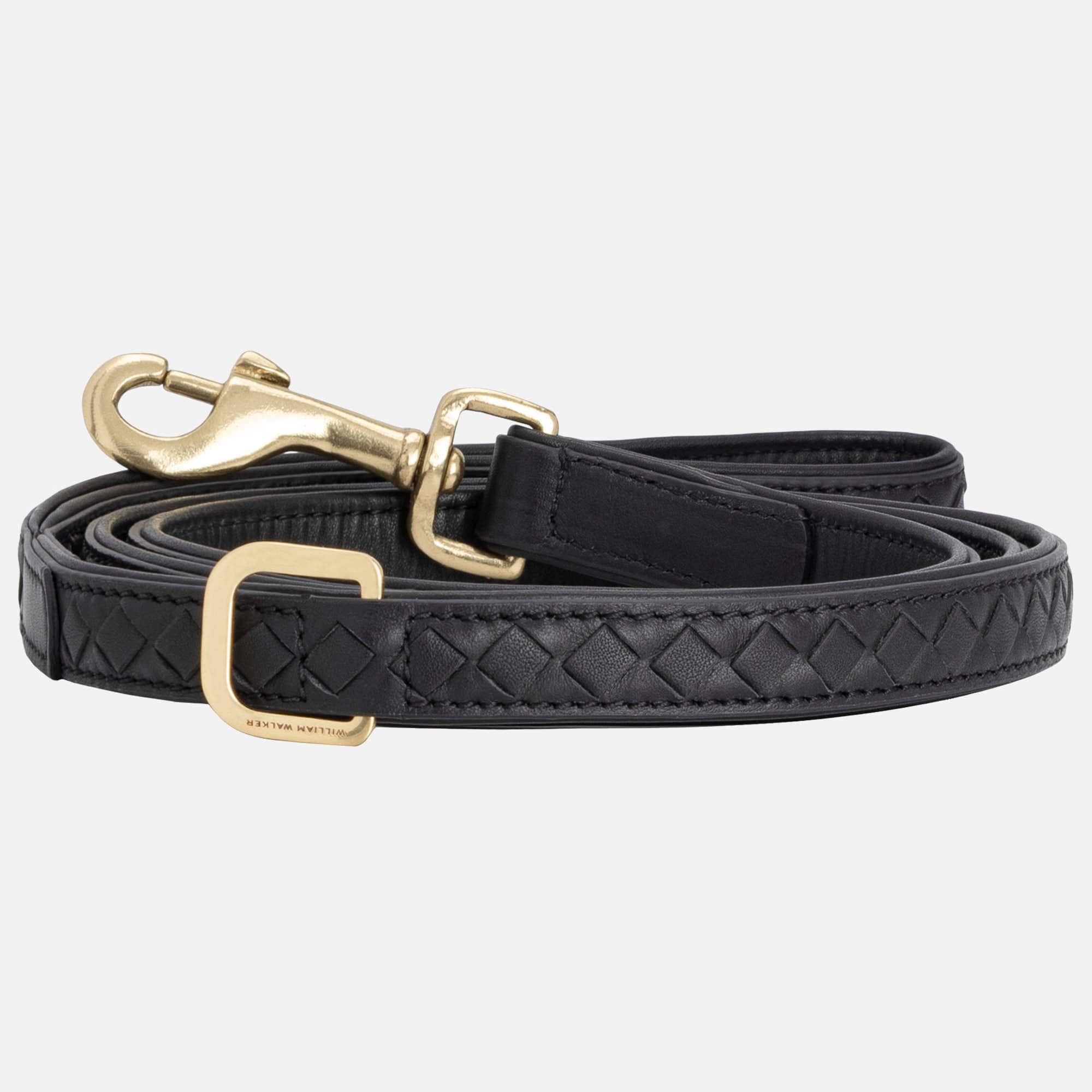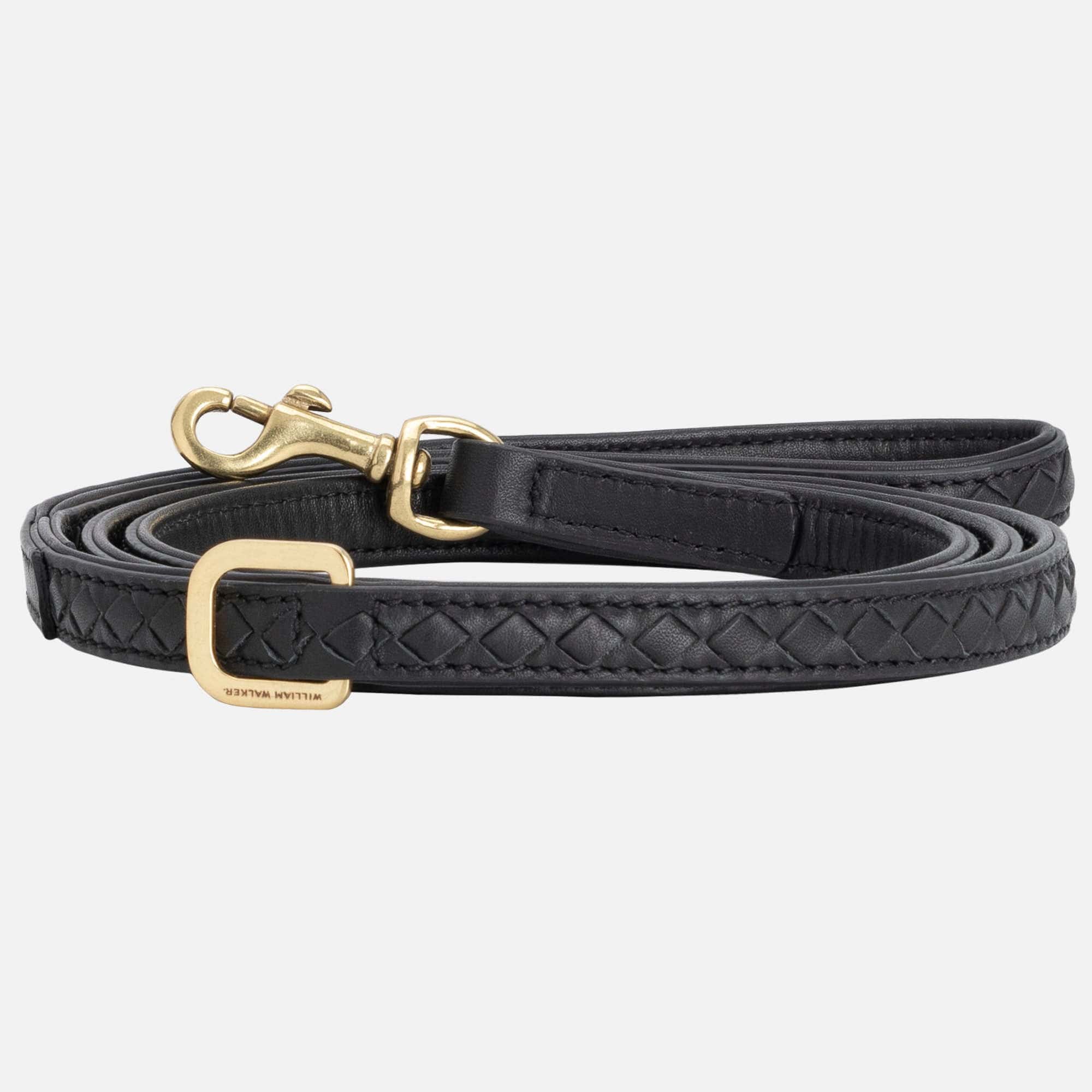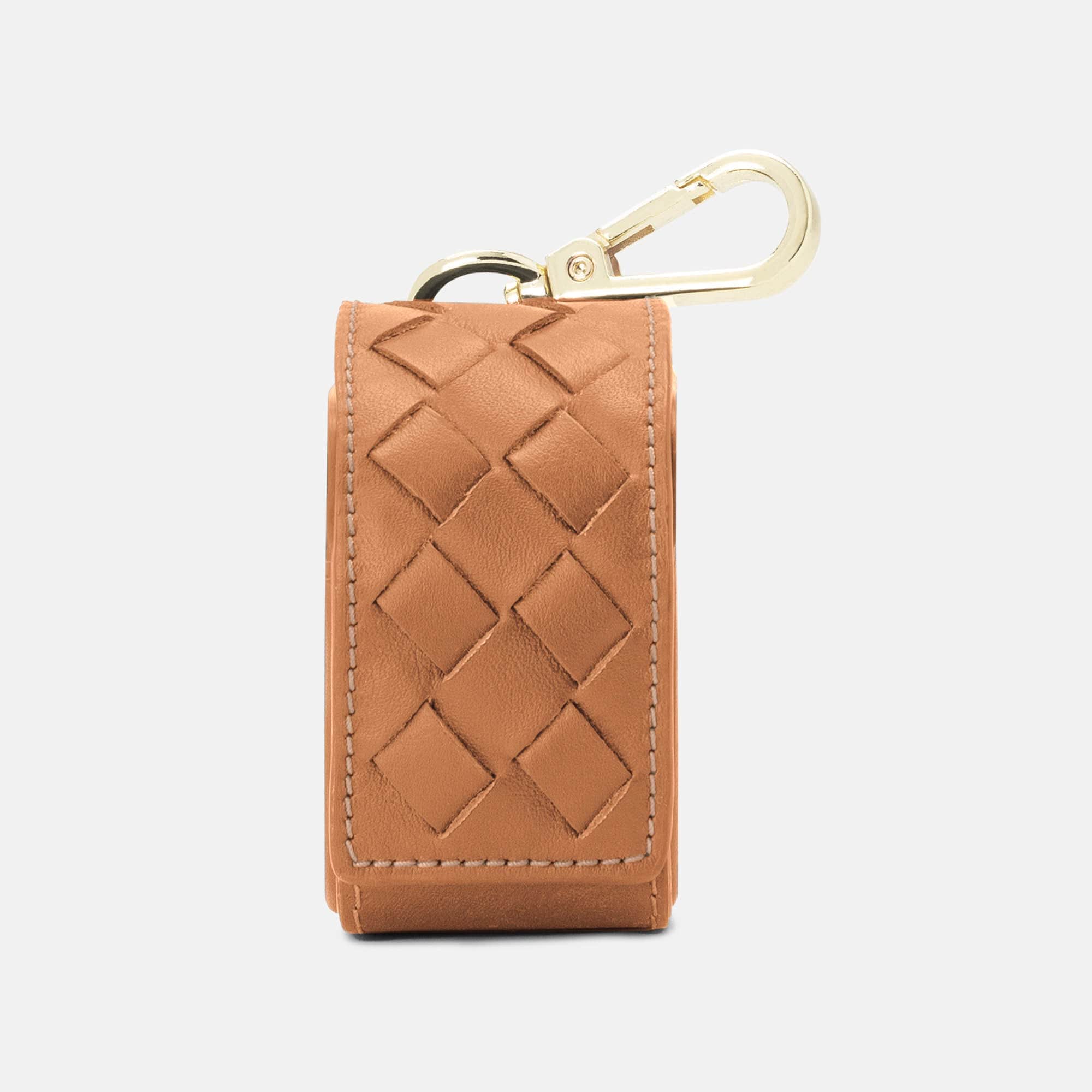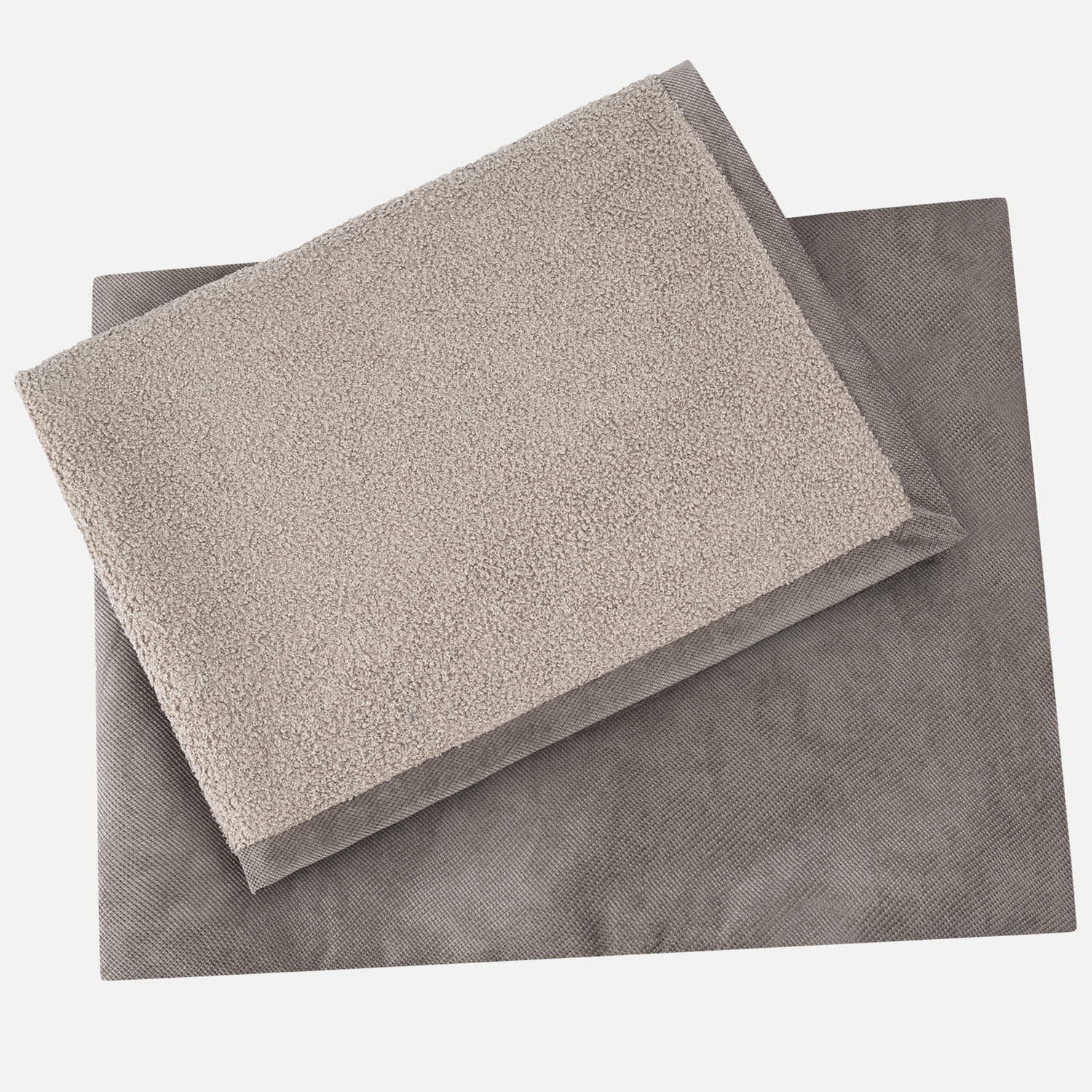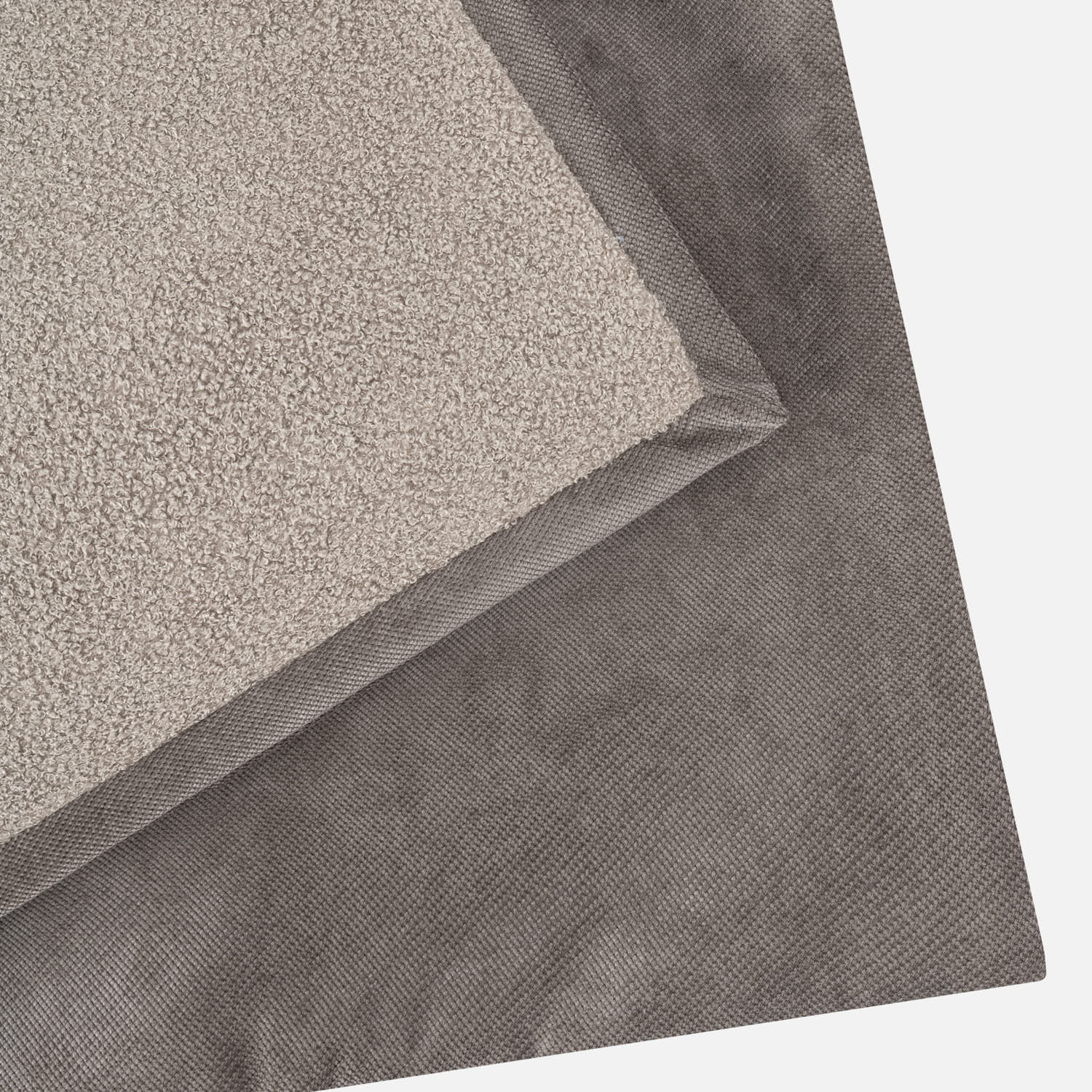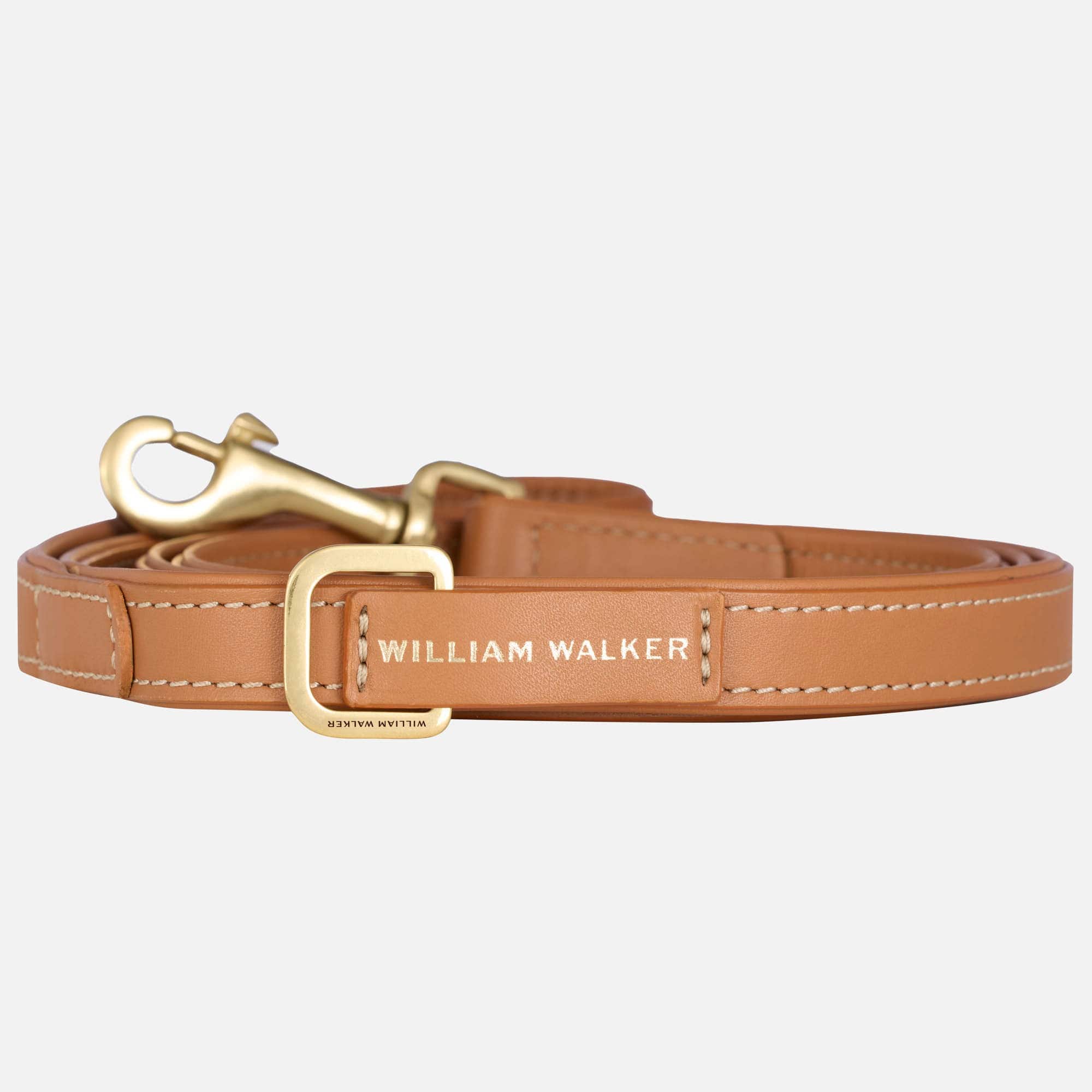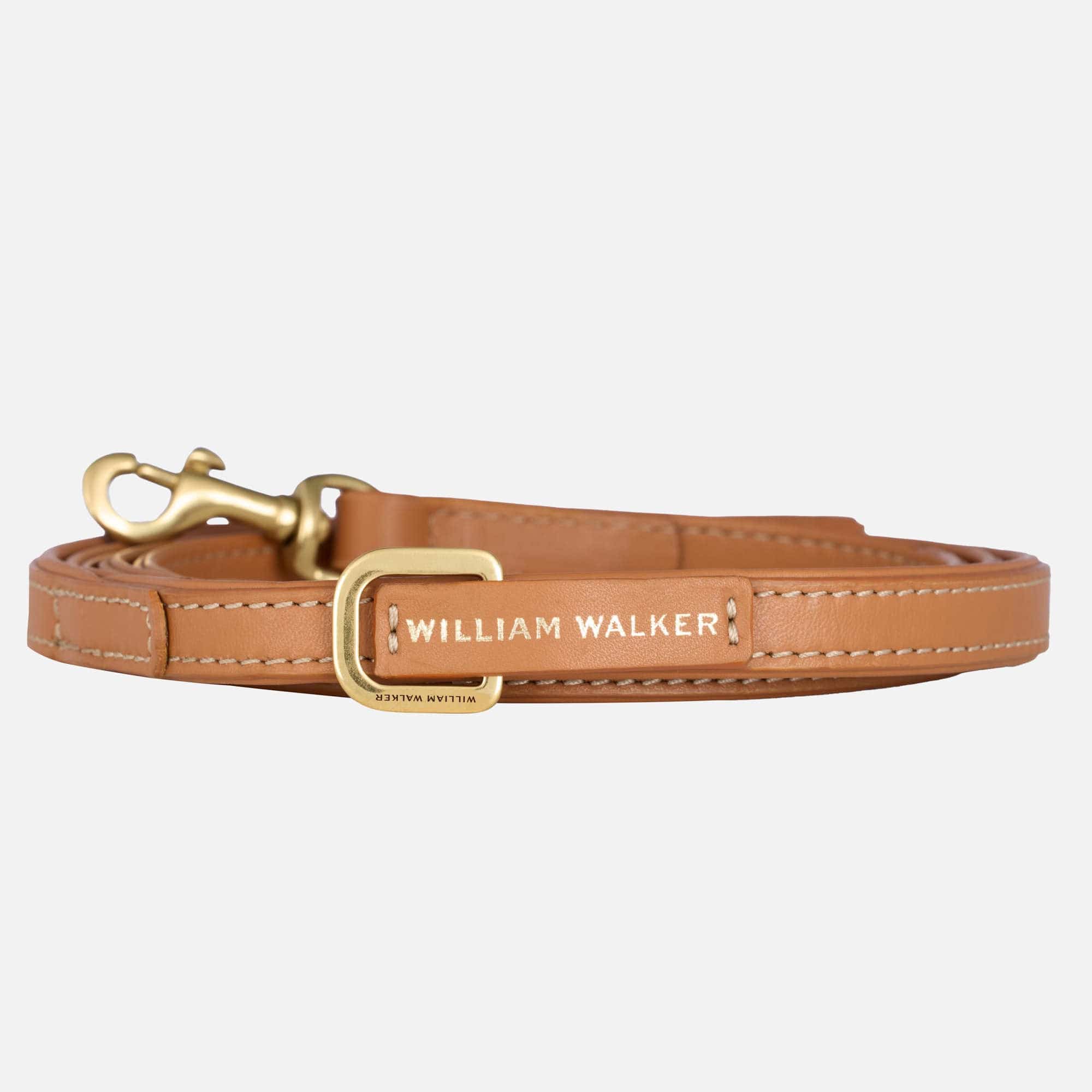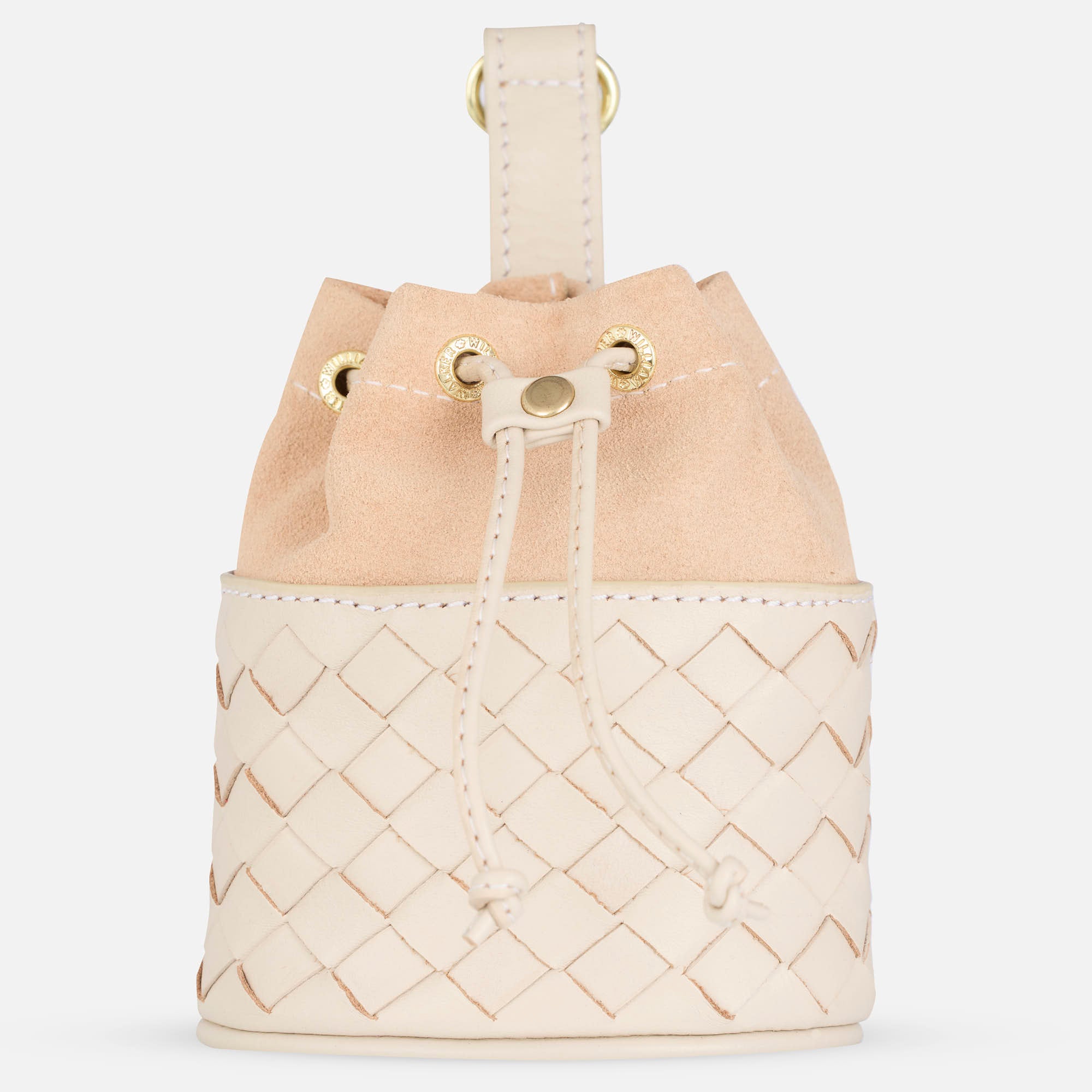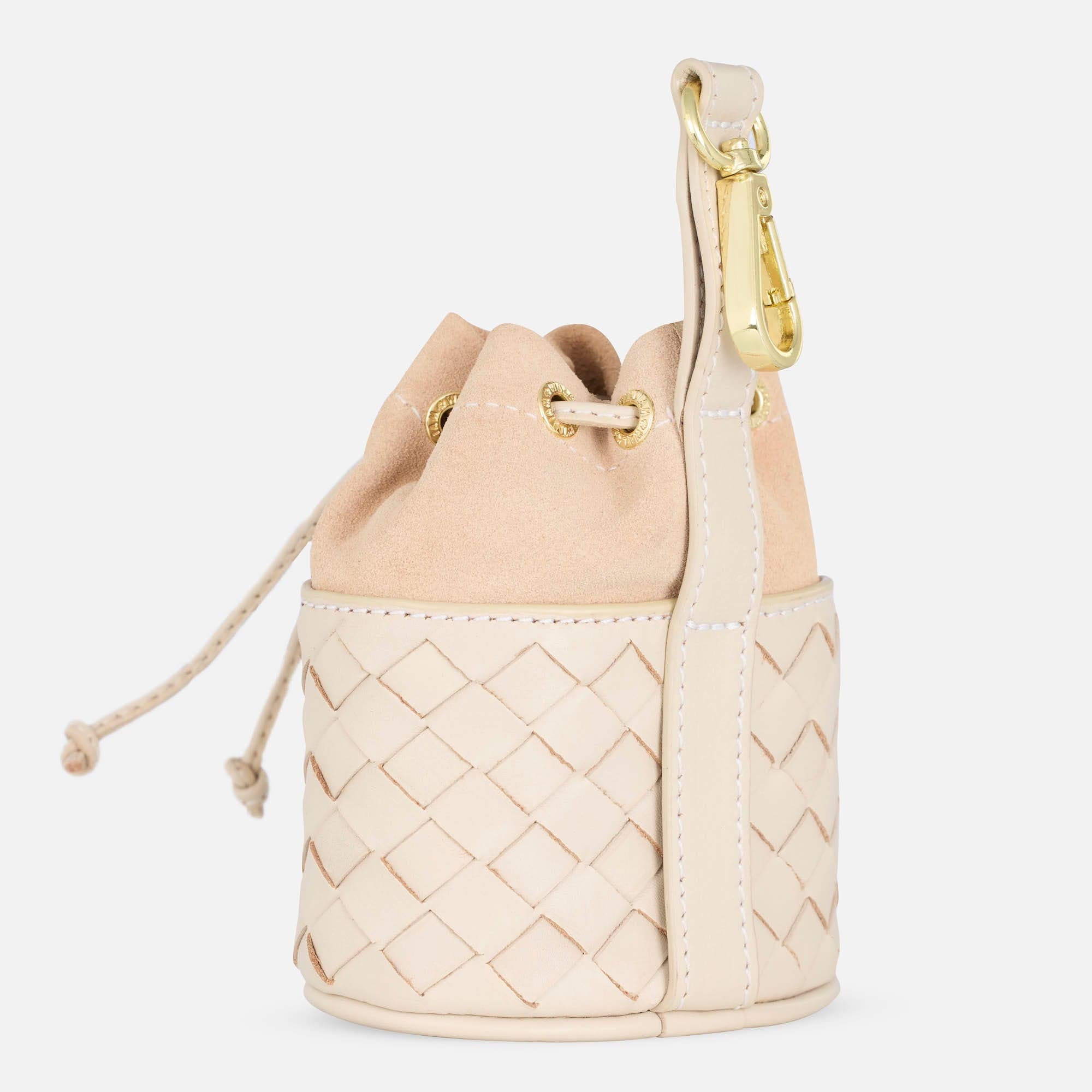What exactly does "dog breed" mean?
A dog breed is a specific and distinguishable breeding of a domestic dog. The Fédération Cynologique Internationale (FCI) currently has about 370 different dog breeds listed and thus recognized. The cynological umbrella organization assigns the dog breeds to different groups and sections based on their appearance and nature. There are 10 FCI groups, including, among others, FCI Group 1: Herding Dogs & Cattle Dogs or FCI Group 3: Terriers.
The choice of dog breed - which dog suits me?
To deal with the different dog breeds is crucial for us humans especially when we want to get a new four-legged friend. Which dog suits me? That is the most important question when buying a dog. It does not always have to be a purebred puppy, because even in the case of mixed breeds from the shelter, the various breed combinations give us information about whether the dog will be very large, for example, or possibly has a hunting instinct. However, not only the breed and its characteristics determine the development and behavior of the four-legged friend, but also the education and socialization.
The St. Bernard - a gentle giant

- Weight: 60 - 80 kg
- Height (Shoulder): 65-90 cm
- Ø Life expectancy: 6-10 years
- Fur Color: beige, reddish brown, brown, white
- Breed assignment: FCI Group 2 Pinscher and Schnauzer, Molossoid, Swiss Mountain and Cattle Dogs and other breeds.
The history and origin of the St. Bernard
The large dog owes its name to its origin. The first St. Bernards lived and worked in a hospice run by monks on the Great St. Bernard pass in the Swiss Alps. A St. Bernard named Barry is considered the forefather of the breed, and according to historical evidence, he saved the lives of about 40 people buried by an avalanche. Stories like these give the St. Bernard its special reputation as a hero and lifesaver. It is estimated that the St. Bernard has been around since the end of the 17th century. At that time, however, he was much smaller and weighed only about 40 to 50 kg. The typical appearance of the bear-like dog as we know it today only became established in the 19th century. Due to their stature, the St. Bernards weighing between 60 and 80 kg today would hardly be suitable for mountain service, as was common for the dogs of the monks in the hospice. Breeding for thousands of years towards ever larger and heavier Molossers endangers the future of the breed. Not only do the dogs suffer from severe joint problems, but they can no longer live up to their nature as agile life-savers. Today, the St. Bernard is one of the most massive dog breeds in the world.
Character and nature of the avalanche search dog St. Bernard
The St. Bernard is not only an extremely calm and tolerant contemporary, he is also very sensitive and good-natured. A real gentle giant. The St. Bernard is known as an avalanche search dog, because it has a very good sense of detection. But the St. Bernard not only helps in danger, he also tries to prevent it from happening in the first place. He has a strong guarding and protective instinct, which makes him ideal as a family dog. Hardly any other dog breed is as child-friendly as the bear-like four-legged friend. With small children and babies he is patient, hardly to be brought out of the calm and as a rule never aggressive. He is above things and gets along well with most other dogs. Even though the St. Bernard can be self-confident and a little stubborn, he usually chooses the more peaceful and comfortable way when confronted. In temperament, the Saint Bernard Pass dog is rather calm, does not yelp and loves to chill and cuddle with his family. Human contact is very important to him. St. Bernards are often considered lazy, which is mostly due to their physical and breeding fundamentals. Therefore, it is very important to keep the St. Bernard as lean as possible to extend his life and keep him agile for as long as possible.
Training - The Saint Bernard is not exactly a dog for beginners
Due to its strength and size alone, the St. Bernard is not exactly a dog for beginners. He needs intensive and consistent training. Dog school, in the best case also with individual lessons, is a must for such heavy and self-confident dogs as the St. Bernard. As he is very sensitive and good-natured, the St. Bernard must be raised very lovingly and with a lot of patience. Punishment and verbal harshness affect the gentle giant very deeply and therefore have no place in life with a St. Bernard. Due to his good nature, he can also be trained very well with love, regular training and motivating compliments.
The keeping of the St. Bernard
The dogs from the St. Bernard Pass need a lot of space. It is best to keep them in the countryside or on a property with a garden. Regular exercise is super important to keep the Saint Bernard agile and fit. However, he is not a dog for sportsmen, but he loves long quiet walks in nature. Heat should be avoided, as the St. Bernard suffers physically and mentally from high temperatures. After all, he used to live in harsh weather conditions such as snow and frost - this is deeply embedded in his genes.
Fashion and care tip/size recommendation for the St. Bernard
The St. Bernard's thick coat protects him from wind and weather and is easy to care for. With a suitable brush, which not only untangles the coat but also lightly massages the skin, you can care for the sensitive dog skin and coat and keep it healthy. The long hair brush "Resolve" from the William Walker Care collection, for example, is wonderful for this purpose. The St. Bernard has a neck circumference of about 55 to 70 cm and therefore usually needs the sizes XL or XXL. As a fashion tip, we recommend our collar made of nappa leather in the colour Lambrusco, with the matching leash. For a limited time only, the burgundy look can be beautifully complemented with our Christmas decorated Style Box Nappa. Our eye-catching treat bags and poop bag holders made from the finest nappa leather have been given a stylish new home with our brand new necklace. With the new necklace, our favourite accessories are now even easier to take along. A high-quality carabiner and a key ring allow you to attach various dog accessories. Not only a great overall package for fashion-conscious dog owners, but also a great Christmas gift.
Written by Louisa Knoll



























